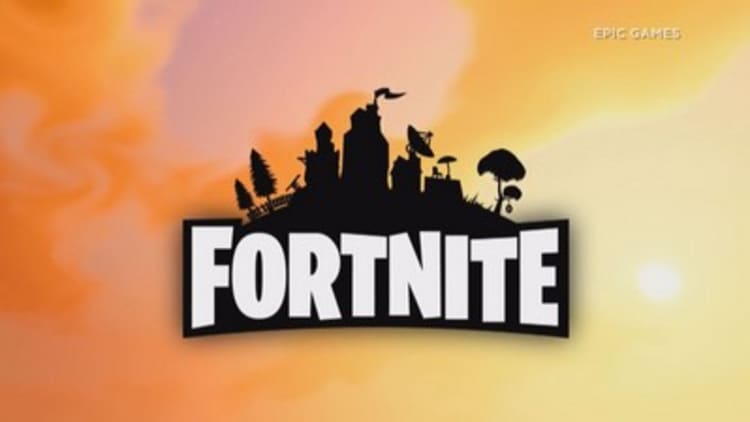Online Fortnite games provide an exciting mix of action, strategy, and creativity. Players dive into a world where combat and construction go hand in hand. Each match challenges participants to eliminate opponents while building structures for defense and mobility. The game’s combination of shooting mechanics and building skills keeps players engaged and constantly adapting. Whether working alone or teaming up, players experience thrilling battles that test both reflexes and strategic thinking. With frequent updates and diverse challenges, these games offer endless opportunities to sharpen skills and enjoy intense online competition.
Thrilling Combat Mechanics
One of the main draws of online Fortnite games is the combat system. Players use a variety of weapons and items to defeat opponents. The thrill of a match decreases when someone uses a fortnite cheat to gain unfair advantages. Key aspects include:
- Weapon Variety: From rifles to explosives, players can choose the right tool for each situation.
- Aiming and Shooting: Accurate shots and timing often determine the outcome of a battle.
- Movement and Evasion: Dodging, sprinting, and jumping are critical to surviving encounters.
- Strategic Positioning: Choosing high ground or hiding spots gives players a tactical advantage.
Combat is intense and requires constant focus, making every match unique and unpredictable.

Epic Building Challenges
Building structures is a core element that sets these games apart. Players create walls, ramps, and towers to protect themselves or gain better positions. Building strategies include:
- Quick Defense: Erect walls and ramps instantly to block incoming attacks.
- High Ground Advantage: Building vertically can provide a superior view and shooting angle.
- Trap Placement: Set traps to surprise opponents and gain an upper hand.
- Creative Constructions: Use materials to experiment with unique structures that can change the game.
These building mechanics encourage creativity while enhancing gameplay strategy. Successful players combine quick thinking with fast building skills to dominate matches.
Team Play and Solo Adventure
Online Fortnite games can be played solo or in teams. Both modes provide distinct experiences:
- Solo Matches: Players rely entirely on their own skills for survival and victory.
- Team Battles: Cooperation and communication with teammates lead to coordinated attacks and better defense.
- Revive Mechanic: Teammates can revive each other, adding an extra layer of strategy.
- Shared Resources: Players can distribute weapons and items for efficient gameplay.
Teamwork often shifts the focus from simple combat to tactical planning and resource management.
Rewards and Progression
Progression systems and rewards keep players motivated to improve. Common features include:
- Leveling Up: Earn experience points to unlock new abilities and cosmetic upgrades.
- Daily Challenges: Complete objectives to gain extra rewards and enhance skills.
- Seasonal Events: Limited-time events introduce unique challenges and exclusive items.
- Skill Development: Regular play improves reflexes, strategy, and building proficiency.
Players can see tangible improvements, making every session feel rewarding and engaging.
Online Fortnite games combine the excitement of combat with the creativity of building, offering players a dynamic and engaging experience. Whether competing solo or with friends, these games challenge reflexes, strategy, and imagination. By mastering both combat and construction, players can achieve victories and enjoy endless entertainment. With constant updates and new challenges, the adventure never ends.






